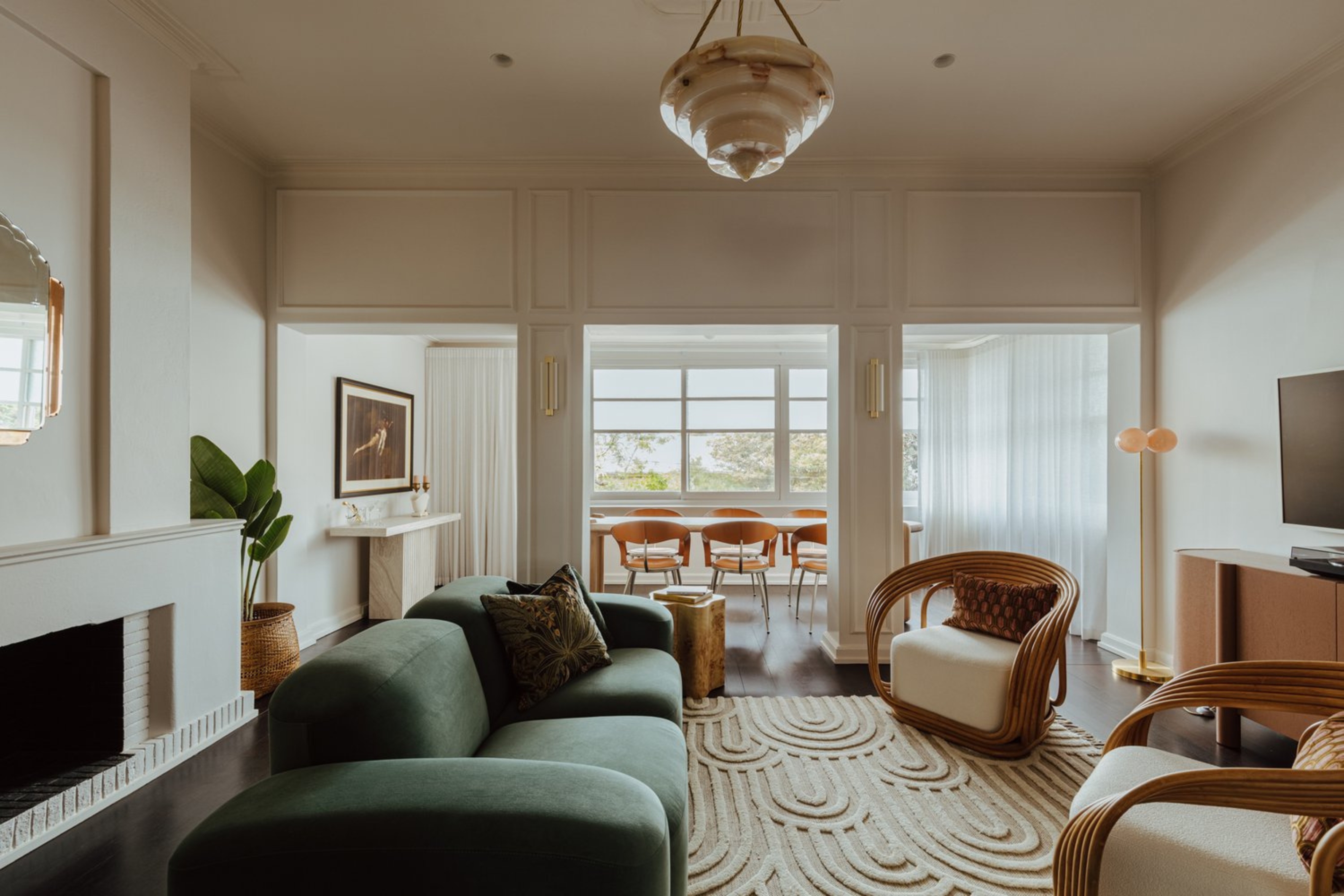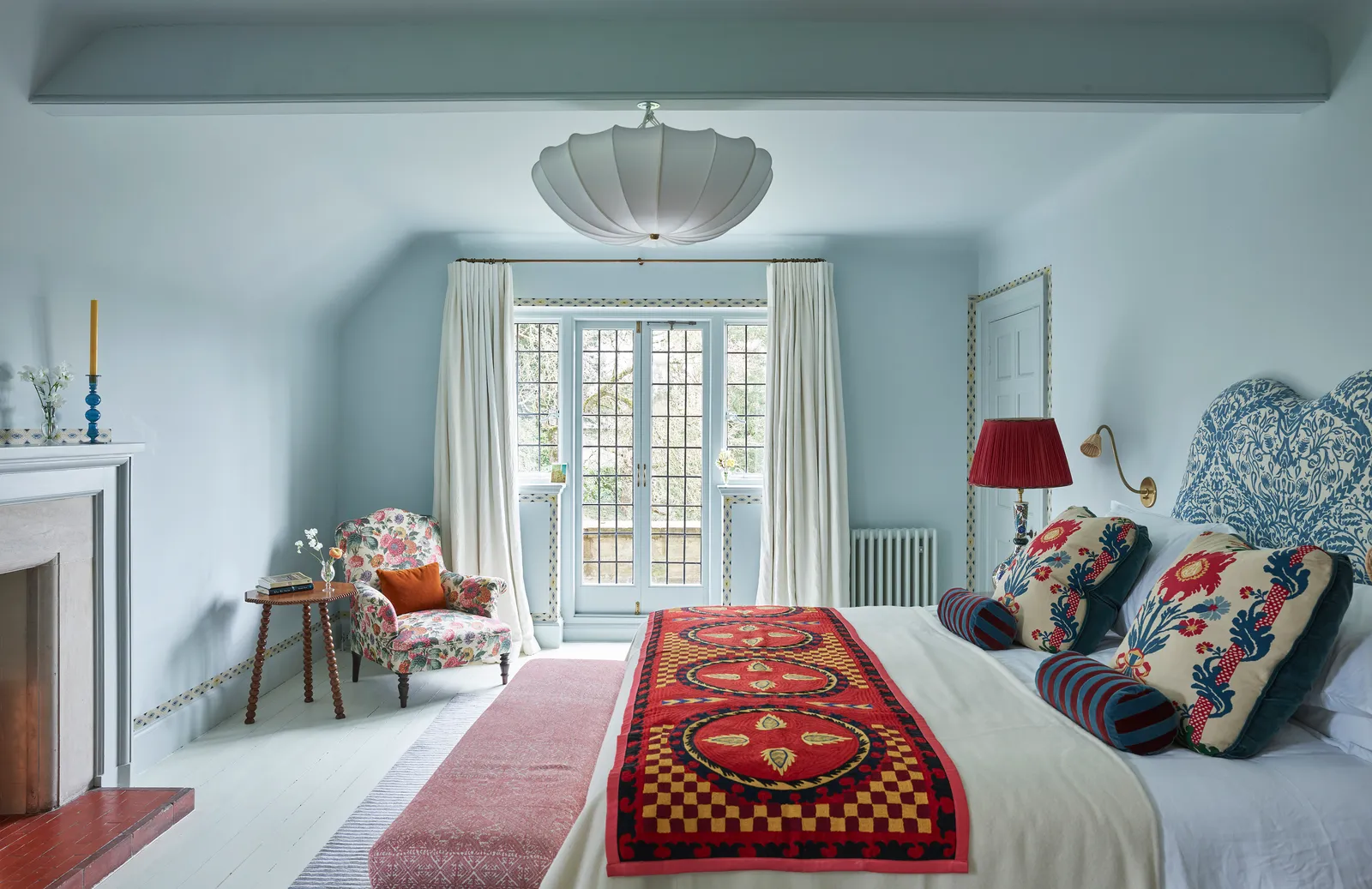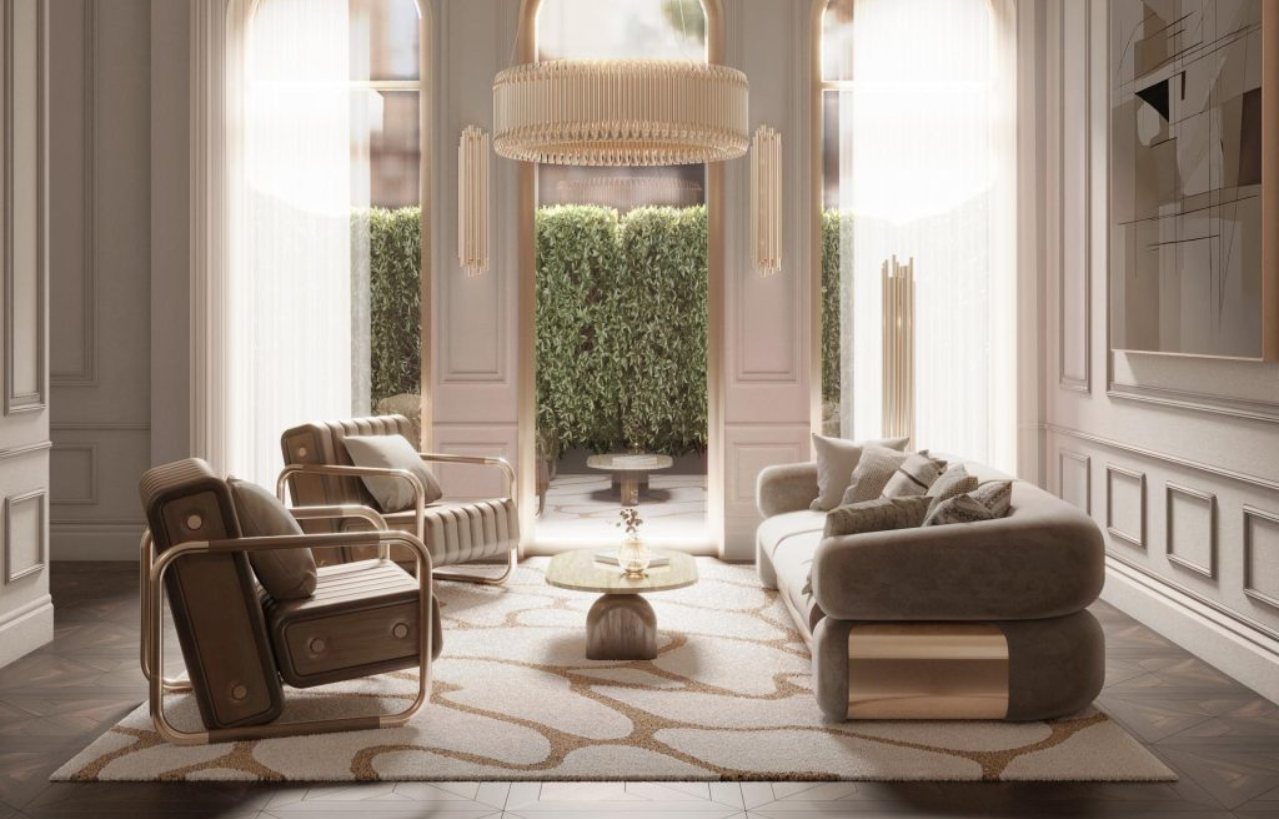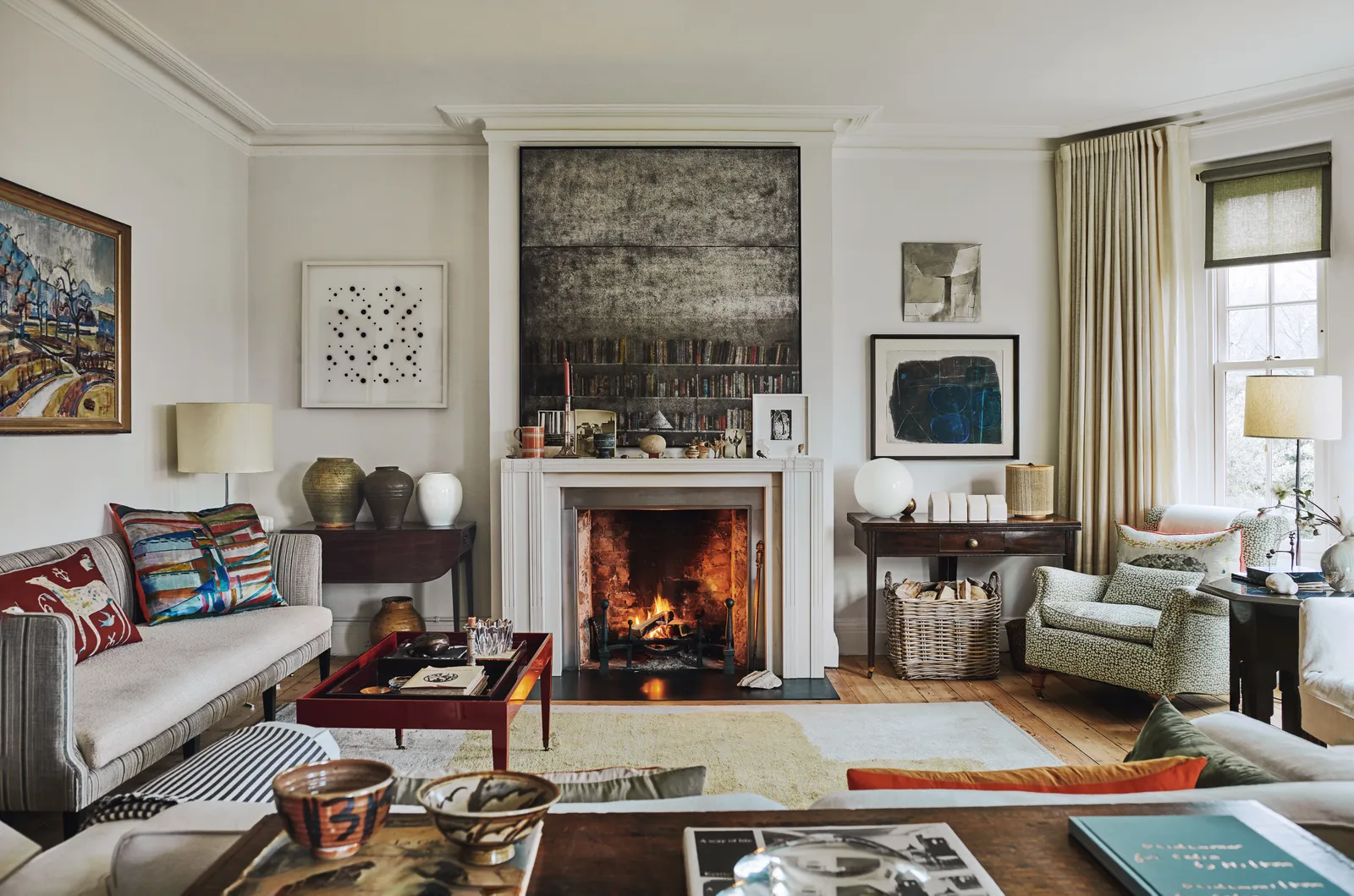Making Throw Pillows from Old Clothes
Give worn clothing a second life as cosy cushions. This simple project needs minimal sewing skills and turns sentimental pieces into functional home decor.
There's something genuinely satisfying about transforming something old into something new. I've always been a bit sentimental about clothes—that favourite jumper that's seen better days, the jeans that finally gave up after years of loyal service, or even my partner's old band t-shirts that carry memories but no longer fit. Rather than tossing them in the bin or letting them collect dust in the back of the wardrobe, I discovered a brilliant way to give these pieces a proper second act: turning them into throw pillows.
This project has become one of my absolute favourites because it requires minimal sewing experience, costs next to nothing, and creates genuinely unique home accessories that you simply cannot buy in shops. Each pillow tells a story, whether it's made from your grandmother's vintage dress or your child's outgrown favourite shirt. Plus, in Hungary where sustainable living is becoming increasingly important, upcycling projects like this align perfectly with the growing movement toward reducing textile waste.
The beauty of this DIY project is its flexibility. You don't need fancy equipment—a basic sewing machine or even hand-stitching will do the job. The materials are literally sitting in your closet right now, waiting to be reimagined. And unlike many craft projects that require precision and advanced skills, pillow-making is wonderfully forgiving. Slightly wonky stitches? They add character. Mismatched fabrics? That's called eclectic design.
Whether you're looking to refresh your living room on a budget, create personalized gifts, or simply find a meaningful way to preserve clothing with sentimental value, this guide will walk you through everything you need to know. From selecting the right garments to finishing techniques that give your pillows a professional look, you'll discover that creating beautiful, functional home decor is much easier than you might think.
Selecting the Right Clothes for Your Pillow Project
Not all clothing makes equally good pillow material, and choosing the right pieces will significantly impact both the creation process and the final result. The ideal candidates are garments with substantial fabric areas—think button-up shirts, dresses, trousers, sweaters, or even denim jackets. These provide enough material to work with without requiring extensive piecing together.
Fabric weight matters considerably. Medium to heavy-weight materials work best because they maintain structure and won't show the pillow insert outline as readily. Denim, corduroy, wool blends, and thick cotton are excellent choices. Lighter fabrics like silk or thin cotton can work, but you'll likely need to double them up or add a lining for proper durability. I've learned this the hard way after creating a pillow from a delicate summer dress that showed every lump and bump of the insert.
Consider the fabric's pattern and texture when selecting pieces. Clothing with interesting prints, embroidery, or unique details like pockets, buttons, or decorative stitching can become stunning focal points on your pillows. That shirt with the funky collar? Keep it visible. Those jeans with the embroidered back pocket? Make it the centrepiece. These details transform a simple cushion into a genuine conversation starter.
Pre-Treatment and Preparation
Before you start cutting, give your chosen garments a proper wash and thorough inspection. Even if the clothing appears clean, washing ensures you're working with fresh fabric and helps you identify any weak spots or stains you might have missed. Check seams, look for thin areas, and test any embellishments to ensure they're securely attached. There's nothing more frustrating than completing a pillow only to have a decorative button fall off immediately.
Iron everything flat. This step seems tedious, but it makes measuring and cutting infinitely easier. Wrinkled fabric leads to inaccurate measurements and wonky pillows. Take the time to press seams open, flatten collar areas, and smooth out any creases. Your future self will thank you when you're trying to cut straight lines.
Essential Tools and Materials You'll Need
The wonderful thing about this project is that the required supplies are minimal and most are likely already in your home. Here's what you'll need to gather before starting:
- Sewing machine or needle and thread: A basic machine makes the work faster, but hand-stitching is perfectly acceptable and sometimes preferable for thicker materials like denim.
- Fabric scissors: Sharp scissors are crucial. Dull blades create jagged edges and make cutting through multiple layers frustrating.
- Measuring tape and ruler: Accuracy matters when creating symmetrical pillows.
- Pins or clips: These hold fabric layers together during sewing.
- Pillow inserts or stuffing: You can purchase foam inserts at craft stores or use polyester fibrefill for a custom approach.
- Iron and ironing board: For pressing seams and creating crisp edges.
- Chalk or fabric marker: For marking cutting lines that you can easily remove later.
In Hungary, most of these supplies are readily available at shops like Tedi, Pepco, or local fabric stores throughout Budapest and other cities. If you're in smaller towns, online retailers deliver nationwide, making it easy to source anything you might be missing.
Choosing Your Pillow Inserts
The insert you select affects both the final appearance and comfort of your pillow. Standard sizes include 40x40cm, 45x45cm, and 50x50cm squares, though rectangular options are also available. I generally recommend going slightly larger with your insert than your cover—for example, using a 45cm insert for a 40cm cover creates a plumper, more luxurious look.
Foam inserts maintain their shape beautifully and work well for decorative pillows that won't receive heavy use. Polyester-filled inserts are softer, more affordable, and better for pillows you'll actually lean against. For a sustainable option, consider filling your pillows with fabric scraps, old clothing cut into small pieces, or even dried lavender mixed with fibrefill for a lovely scent.
Step-by-Step Pillow Construction Process
Now for the exciting part—actually creating your pillow. I'll walk you through the envelope-style closure method, which requires no zippers or complicated closures and looks beautifully finished.
Measuring and Cutting Your Fabric
Decide on your finished pillow size, then add seam allowances. For a 40cm square pillow, you'll cut fabric pieces measuring 42cm to allow for 1cm seams on all sides. For the envelope back, cut two pieces that are 42cm wide by 28cm tall. These overlapping pieces create the opening for inserting your cushion.
Lay your garment flat and identify the best sections to use. Try to work with existing seams when possible—they add interesting visual elements and reduce the amount of sewing needed. Mark your measurements with chalk, double-check them (seriously, measure twice and cut once), then cut carefully with sharp scissors.
Preparing Special Elements
This is where you can get creative. Want to feature that shirt pocket? Position it prominently on your front panel. Planning to showcase embroidery or a graphic print? Centre it carefully. I once created a pillow from my son's outgrown football jersey, positioning the team logo right in the middle—it became his favourite bedroom accessory.
If you're working with particularly stretchy or delicate fabric, consider interfacing the back of your panels. This stabilizes the material and prevents distortion during sewing and use. Simply iron on lightweight fusible interfacing following the manufacturer's instructions.
Assembling Your Pillow Cover
Start by finishing the edges of your two back panels. Fold one long edge of each back piece over by 1cm, press, fold again by 2cm, press once more, and stitch along the inner fold. This creates a clean, professional-looking hem on the envelope opening.
Now lay your front panel face-up on a flat surface. Place one back panel face-down on top, aligning the raw edges with one side of the front panel. The hemmed edge should be toward the centre. Place the second back panel face-down on the opposite side, overlapping with the first back panel in the middle. Pin all layers together around the perimeter.
Sew around all four edges using a 1cm seam allowance. For added durability, especially with heavy fabrics or pillows that will receive frequent use, sew a second seam just inside the first. Trim the corners diagonally, being careful not to cut through your stitching—this reduces bulk and creates crisp corners when you turn the pillow right-side-out.
Finishing Touches
Turn your pillow cover right-side-out through the envelope opening. Use a chopstick or knitting needle to gently push out the corners until they're sharp and defined. Give everything a thorough pressing with your iron, paying special attention to the seams and corners.
Insert your cushion form through the back opening, adjusting it until it sits evenly within the cover. The overlapping back panels should hold it securely in place without any additional closures needed. If you find the opening too loose, you can add small snaps or hook-and-loop fasteners to the inside flaps.
Creative Design Ideas and Variations
Once you've mastered the basic technique, the creative possibilities become endless. Here are some ideas that have worked beautifully in my own projects:
Memory Pillows
Create deeply personal cushions from clothing belonging to loved ones. I made pillows from my late grandfather's work shirts for my mother, and she treasures them. Baby clothes that children have outgrown, wedding attire, or favourite concert t-shirts all make meaningful memory pillows that preserve precious moments in functional form.
Patchwork Designs
If you don't have large enough fabric sections, or simply want a more eclectic look, piece together squares or strips from multiple garments. This technique works particularly well with jeans, creating interesting tonal variations from different shades of denim. Plan your layout before sewing, arranging pieces until you achieve a balanced, visually appealing design.
Embellishment Options
Consider adding decorative elements like embroidery, appliqué, or fabric paint to personalize your pillows further. Buttons from the original garment can be repositioned as decorative accents. Lace trim, ribbon, or contrasting piping along the seams adds a sophisticated touch. I particularly love adding small embroidered labels with dates or initials, similar to what you'd find on high-end home goods.
Textural Combinations
Don't be afraid to mix different fabric types in a single pillow. Combining smooth cotton with chunky knit, or pairing denim with silk creates interesting tactile experiences. Just ensure the fabrics have similar care requirements so you can wash the finished pillow without issues.
Troubleshooting Common Issues
Even straightforward projects encounter occasional hiccups. Here are solutions to problems I've faced repeatedly:
Puckered Seams
If your seams are pulling or puckering, you're likely sewing with too much tension or using the wrong needle for your fabric weight. Switch to a heavier needle for thick materials like denim, and adjust your machine's tension settings. When hand-sewing, avoid pulling stitches too tight.
Visible Pillow Insert Outline
This happens when fabric is too thin or stretchy. The solution is doubling your fabric or adding a muslin lining. Alternatively, make your own insert cover from plain cotton fabric, stuff it with fibrefill, then insert that into your decorative cover. This creates an extra layer that prevents the insert from showing through.
Wonky Corners
Corners that won't lie flat usually result from insufficient trimming or turning. Trim corner seam allowances more aggressively (without cutting through stitches), and take time to properly push them out after turning. A point turner tool helps immensely, though a chopstick works in a pinch.
Fabric Fraying
Some materials fray aggressively, especially loosely-woven fabrics. If you notice excessive fraying, apply fray-check liquid to cut edges before sewing, or finish seams with a zigzag stitch or serger if you have access to one.
Care and Maintenance of Your Upcycled Pillows
Proper care ensures your handmade pillows remain beautiful for years. Most can be spot-cleaned with a damp cloth and mild detergent, which is sufficient for decorative pillows that don't receive heavy use. For pillows made from durable, washable fabrics like denim or cotton, you can remove the insert and machine wash the cover on a gentle cycle.
Always air-dry pillow covers rather than using a dryer, which can cause shrinkage and damage to any special embellishments. If you've incorporated delicate elements like vintage buttons or embroidery, hand-washing is the safest option. Regular fluffing and rotating helps maintain shape and prevents uneven wear.
Store seasonal pillows in breathable fabric bags rather than plastic, which can trap moisture and lead to musty odours or mildew. Cedar blocks or lavender sachets keep stored pillows fresh and deter moths if you've used wool fabrics.
The Sustainable Impact of Upcycling Projects
Beyond the practical and aesthetic benefits, creating pillows from old clothes contributes meaningfully to reducing textile waste. The fashion industry generates enormous amounts of waste, and in Hungary, as across Europe, we're becoming increasingly aware of our environmental footprint. By choosing to upcycle rather than discard, you're participating in a circular economy that values resources and creativity over constant consumption.
Each pillow you create represents clothing diverted from landfills, reduced demand for new textile production, and a small but significant step toward more sustainable living. It's also a wonderful skill to teach children, helping them understand the value of repurposing and creative problem-solving rather than automatic disposal.
The money saved is considerable too. Quality throw pillows in shops typically cost between 3,000 and 10,000 forints, while your materials cost essentially nothing beyond thread and possibly an insert. Those savings add up quickly when you're decorating an entire home or creating gifts for friends and family.
Taking Your Skills Further
Once you're comfortable with basic pillow construction, consider expanding into related projects. The same techniques apply to creating cushions for outdoor furniture, seat pads for dining chairs, or even pet beds from larger garments like coats or blankets. Floor cushions require more fabric but follow identical construction principles.
You might also explore more advanced closure methods like invisible zippers or button closures, which allow for easier washing and insert replacement. Learning to create piped edges or add cording gives pillows a more polished, professional appearance. Each technique you master opens new creative possibilities.
Many crafters in Hungary have turned pillow-making into small businesses, selling their creations at local markets or online. If you discover you genuinely enjoy this work and have a knack for design, it could evolve from hobby to income source. The demand for unique, handmade home goods continues growing as people seek alternatives to mass-produced items.
Conclusion
Making throw pillows from old clothes is more than just a craft project—it's a practical, creative, and sustainable way to transform your living space while preserving memories and reducing waste. The skills required are accessible to beginners, the materials are literally at your fingertips, and the results are genuinely rewarding. There's particular satisfaction in looking at a beautifully decorated sofa and knowing you created those cushions yourself from garments that once served a completely different purpose.
Whether you're motivated by sustainability, sentimentality, creativity, or budget considerations, this project delivers on all fronts. You don't need to be an experienced seamstress or have expensive equipment—just willingness to experiment, patience to work through the learning curve, and appreciation for the transformation process. Each pillow you create will be unique, carrying its own story and adding personality to your home that shop-bought alternatives simply cannot match.
Start with one pillow. Choose a favourite old shirt or pair of jeans you've been reluctant to discard. Follow the steps outlined here, take your time, and don't worry about perfection. That first completed pillow, sitting proudly on your couch or chair, will inspire you to create more. Before long, you'll find yourself looking at worn clothing with new eyes, seeing potential rather than waste, possibilities rather than endings. That shift in perspective—from consumer to creator—might be the most valuable outcome of this entire project.




